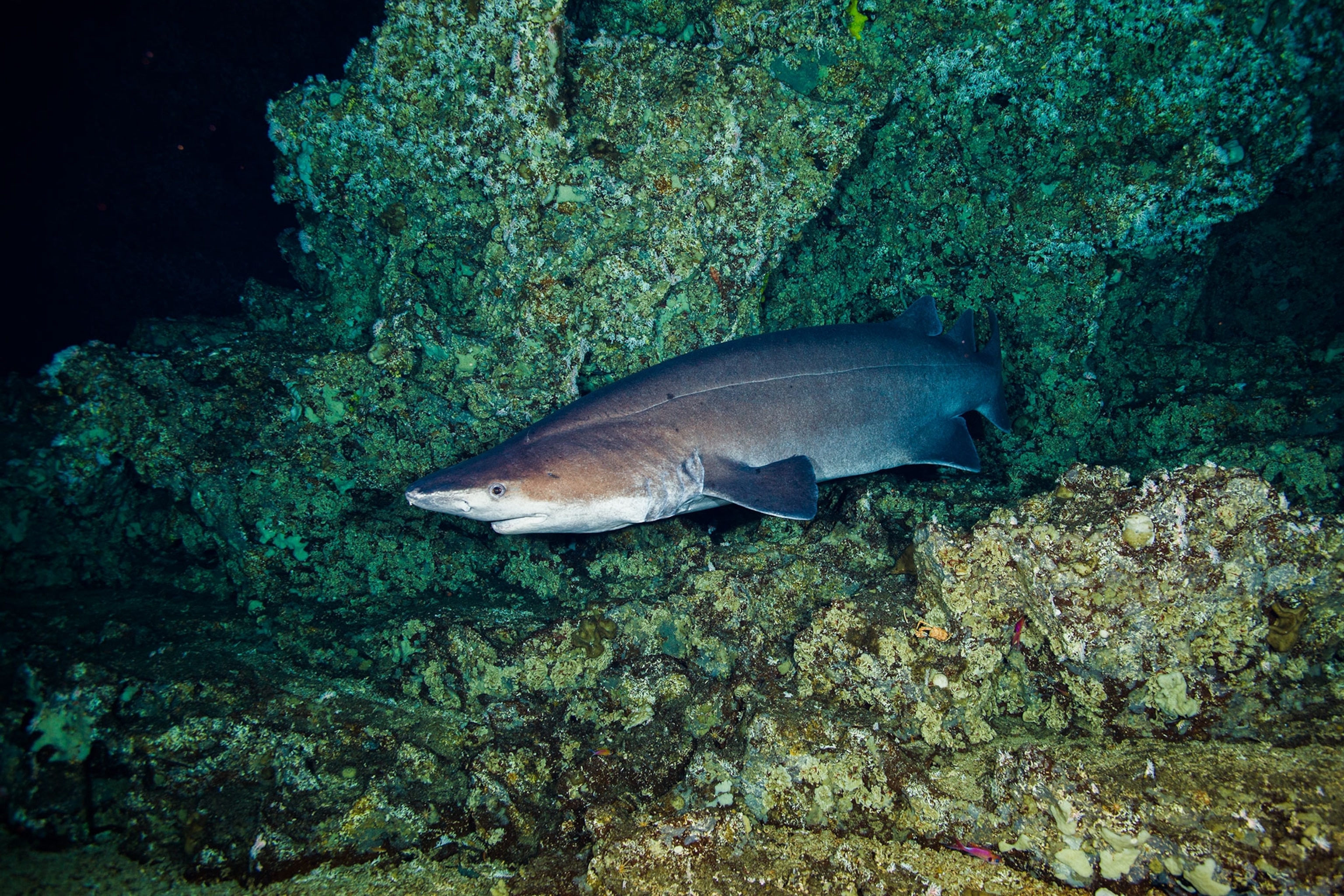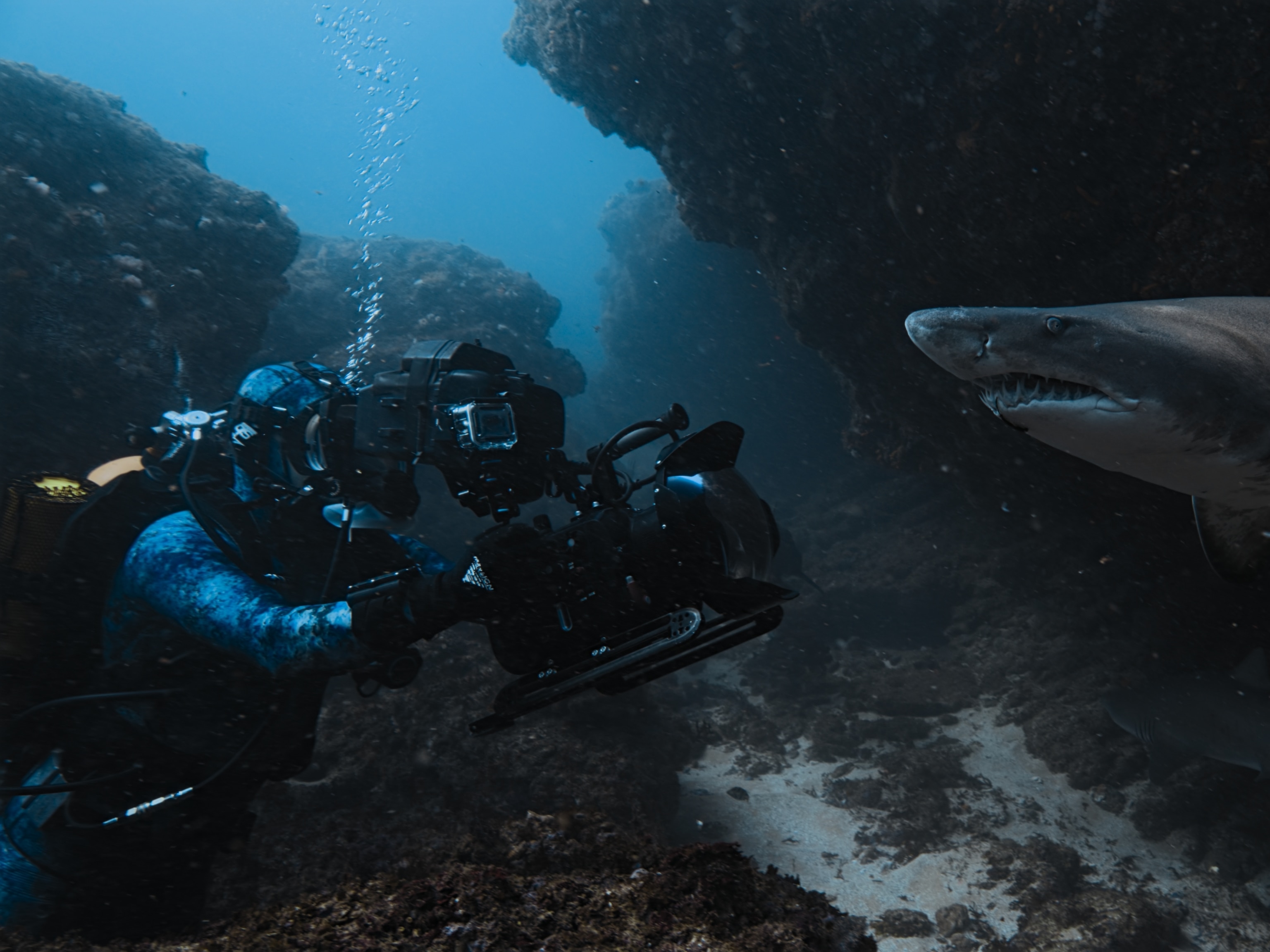6 amazing sharks you've never heard of
From tiny plant-eaters to huge Arctic dwellers, these sharks are far more fascinating than fearsome.
When people think of sharks, they often picture a great white or a hammerhead—but these popular predators represent a very small proportion of global shark diversity.
There are over 520 shark species— a fifth of which have been found in the past decade. You’ve probably never heard of the tiny cookiecutter shark or the Arctic-dwelling Greenland shark, but that doesn’t mean these creatures aren’t worthy of your attention. (Explore the interactive graphic “Sizing Up Sharks, the Lords of the Sea.”)
Not only are sharks beautiful—photographer Brian Skerry calls them “a blend of grace and power that lures me into the sea time after time”—they need our help. According to some estimates, 100 million sharks from a variety of species may be killed annually, mostly to feed China’s demand for shark fin soup, scientists say. Historically most fins have gone to southern China, where the soup is a popular wedding dish.
Here are six sharks that don’t need to be fearsome to be fascinating.

Bonnethead Shark
The bonnethead shark has something no other shark does — an appetite for leafy greens. Scientists recently discovered that seagrass can constitute as much as 50 percent of the bonnethead shark’s diet. (See: “This Shark Eats Grass, and No One Knows Why.”)
The bonnethead is the smallest member of the hammerhead family and the only one with a rounded, spade-shaped head. These fish live in shallow seas and estuaries along the coasts of North and South America.
Greenland Shark
The Greenland shark has the longest lifespan of any vertebrate, estimated between 300 to 500 years. (See: “272-Year-Old Shark Is Longest-Lived Vertebrate on Earth.”)
Greenland sharks can be found in the North Atlantic and Arctic oceans, where they spend most of their time in the darkness, using their acute sense of smell to scavenge carcasses off the seafloor. These deep-sea dwellers have high levels of trimethylamine N-oxide in their tissues that enable them to withstand the immense pressure of the deep.
One of the largest and slowest moving fish in the sea, the Greenland is similar in size to a great white, averaging about 21 feet long and weighing a ton. (See: “The Strange Quest to Catch a Massive Greenland Shark.”)

Megamouth Shark
Little is known about these colossal filter feeders, because scientists have had little opportunity to study them. Less than a hundred megamouths have been observed since the species was discovered in 1976. These elusive creatures are believed to inhabit the deepest corners of all four oceans and feed exclusively on plankton.
The largest megamouth shark ever observed was an 18-foot-long male. However, female megamouth sharks are thought to be larger than males. Male megamouth sharks don’t reach sexual maturity until they are 13 feet long, whereas females don’t mature until they are 16 feet long, according to the Florida Museum of Natural History.

Prickly Shark
The appearance of the prickly shark is just about as strange as its name. This stubby, bottom-dwelling shark lacks an anal fin but possesses two dorsal fins positioned near the end of its tail. The aptly named prickly shark is covered in sharp dermal denticles, or “shark scales,” that protrude from its leathery skin like thorns on a rose stem.
Prickly sharks can be found in many parts of the Pacific Ocean, including Japan, Taiwan, and the U.S. West Coast. Even though these sharks live hundreds, sometimes thousands of feet below the surface, industrialized fishing still poses a threat to their survival. Deep-sea fishing fleets—using bottom-trawlers, gillnets, and longlines—frequently catch and kill prickly sharks by accident.

Zebra Shark
The zebra shark may not be the fastest or smartest shark, but it’s arguably one of the cutest. Zebra sharks are born with brown and white bands that mildly resemble those of its namesake. Once it reaches maturity, the stripes are replaced by brown spots.
Growing up to about eight feet long, zebra sharks feed primarily on mollusks, which they suck out of their shells using their muscular mouths. (See “Shark Surprises Aquarium With Rare ‘Virgin Birth.’”)

Shortfin Mako Shark
The shortfin mako shark is the fastest shark in the seven seas. In short bursts, the mako can reach speeds up to 35 miles per hour. Mako sharks, which inhabit temperate and tropical seas worldwide, use their speed to ambush tuna, swordfish, squid, and other sharks. Makos use their jagged teeth to shred their victims’ fins so they can’t swim away.
Mako sharks are also warm-blooded—a rare trait among sharks. This allows them to venture into depths and latitudes that are far too cold for other sharks.
But the species can’t escape sport and commercial fishing, which has made it increasingly rare and classified it as vulnerable to extinction by the International Union for Conservation of Nature.
Every year, thousands of shortfin makos get caught on fishing gear that was set to catch a more desirable species. (See: “Can the Ocean’s Fastest Shark Outswim Our Appetite for It?”)


































